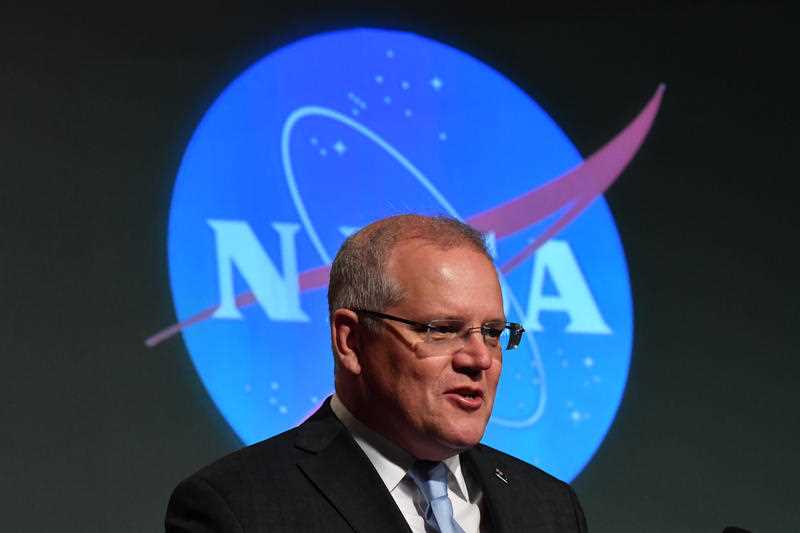Australia is launching its first moon mission under a deal with NASA to build a lunar rover that could blast off within five years.
Leading Australian businesses and researchers will help develop the vehicle to be used in a future mission to the moon.
The semi-autonomous rover will collect lunar soil containing oxygen, which NASA will aim to extract.
Finding a source of oxygen on the moon is considered crucial to establishing a sustainable human presence and supporting future missions to mars.
Australian Space Agency boss Enrico Palermo said the mission would showcase the nation’s skills in remote operations drawing on mining sector expertise.
“Australia is at the cutting edge of robotics technology and systems for remote operations, which are going to be central to setting up a sustainable presence on the moon and eventually supporting human exploration of Mars,” he said.
Mr Palermo said it would grow Australia’s space sector and help its resources industry.
Under the agreement, NASA could fly the rover to the moon as early as 2026, provided it meets a range of conditions during development.
NASA administrator Bill Nelson said the deal built on more than half a century of Australian-American co-operation on space exploration.
“By working together with the Australian Space Agency and our partners around the world, NASA will uncover more discoveries and accomplish more research through the Artemis program,” he said.
Artemis is NASA’s push to return humans to the moon and set up a base on its surface for new space exploration.
The Morrison government will spend $50 million from its moon to Mars initiative to help get the rover off the ground.
Prime Minister Scott Morrison said it was an incredible opportunity for Australia to succeed in the global space sector.
“This mission to the moon is just one exciting way that we can create opportunity and jobs for the future, and our government will ensure Australians reap the benefits,” he said.
The government is aiming to triple the size of the space sector by 2030 to add $12 billion to the economy and create up to 20,000 high-skilled jobs.
Science Minister Melissa Price said the milestone agreement would herald a new era for the space sector.
“With our expertise in robotics technology, NASA wants to partner with us on this project to the moon, creating our own lunar history,” she said.
By Matt Coughlan in Canberra, AAP
Get all the latest Canberra news, sport, entertainment, lifestyle, competitions and more delivered straight to your inbox with the Canberra Daily Daily Newsletter. Sign up here.



